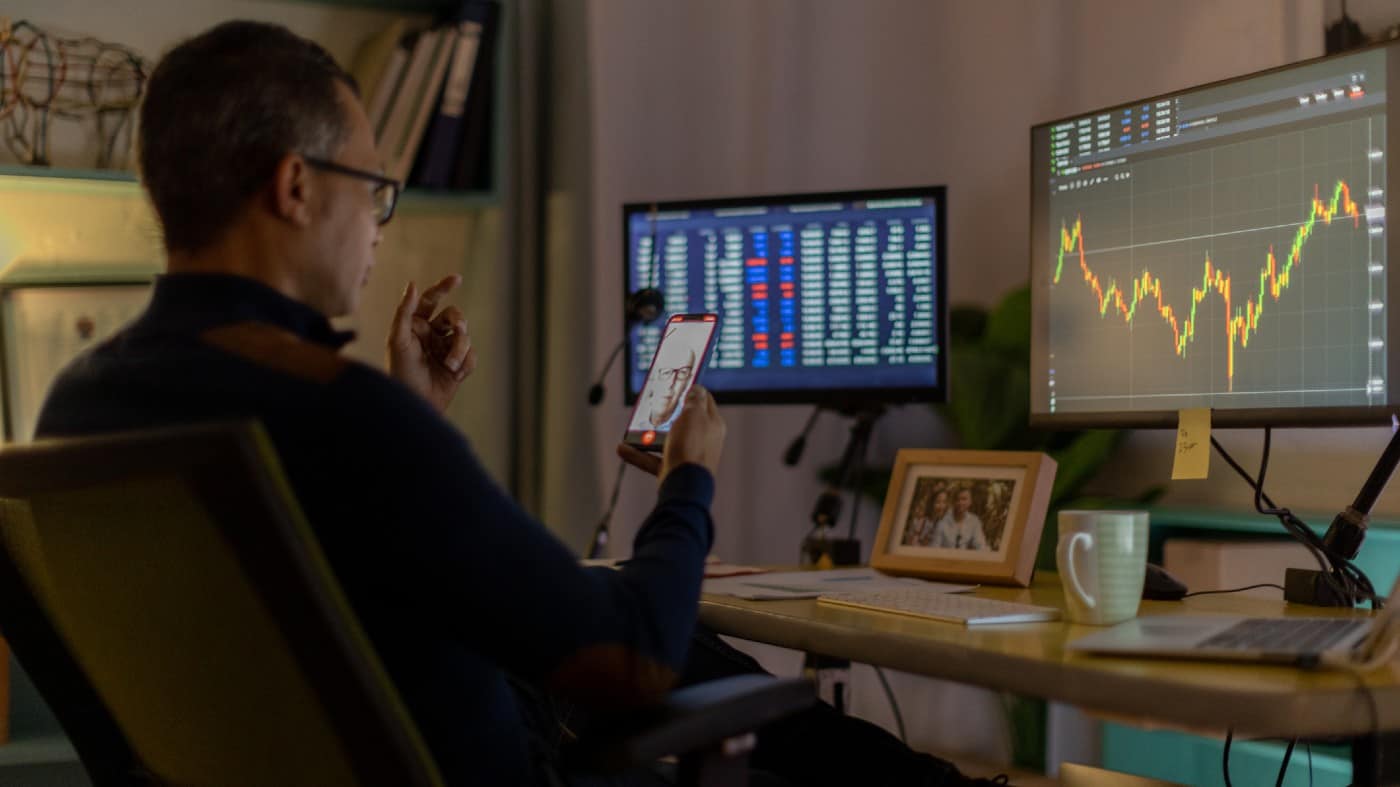If I was just starting out and considering investing in the stock market for the first time, there would be a lot to think about. But in my opinion, things can be simplified significantly by stripping out a lot of potential complications. With that in mind, if I had a pot of £2,000 that I aimed to deploy in the best stocks at the moment, here’s what I’d do.
Thinking about the main goal
I’d first decide on my ultimate goal for my investments. There isn’t one company that I’d hail as the best stock to be the right answer to all of my goals. Rather, different stocks will appeal to me depending on what I’m trying to achieve.
For example, let’s say that my aim is to try and invest in the best stocks to beat inflation over the long run. Inflation is currently running at over 5%, but in the long term, the average rate has tended to be closer to 2%. With this aim, I can filter for stocks with share price gains of more than 2% consistently over the past few years.
If I want to be conservative in this way, I can also filter out very volatile shares. I need to remember that sometimes the perfect stock doesn’t always exist, but I can try and fit companies in as best as possible.
Having some funds spare
I’ll allocate most of my £2,000 straight away in the stocks I like. Yet I wouldn’t invest it all in one go, as having some liquid cash can help me to take advantage of other opportunities as they arise.
For example, my research might flag up a company that has seen its share price plummet in 2021. CMC Markets is a good example that I wrote about recently. I think that the company is now undervalued and has a bright outlook for 2022. So with some of my funds, I’d consider buying shares in the company right now.
Being flexible and leaving some of the £2,000 in cash allows me to take advantage of these options. It also helps should we experience another stock market crash in the next few months. A significant downward move in the best stocks can give me a great entry point for the long term.
Keeping it simple and not panicking
The final point when investing for the first time is to note that I don’t need to panic if things don’t go to plan. A good example of this was the stock market crash in 2020. I could have got myself in a real pickle by trying to over-complicate things and panic-selling or panic-buying through March. Rather, if I’d simply been patient and adopted a long-term approach, I’d have seen the market as a whole bounce back strongly.
There’s a lot to think about when investing for the first time. Getting started is usually the hardest thing to do, but once I’m up and running, I can let my investments do the hard work!








